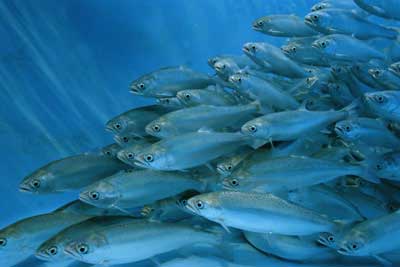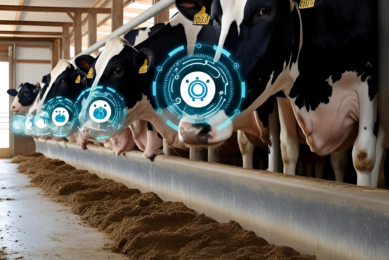Aquaculture also involved in antibiotic resistance

Researchers from Tufts University School of Medicine, Boston, Massachusetts, USA agree on the controversial, non-therapeutic use of antibiotics in food animals and fish farming as a cause of antibiotic resistance.
"The US lags behind its European counterparts in establishing a ban on the use of antibiotics for growth promotion,” said Levy, MD, professor of molecular biology and microbiology and director of the Centre for Adaptation Genetics and Drug Resistance at Tufts.
“For years it was believed that giving low-dose antibiotics via feed to promote growth in cows, swine, chickens and the use of antibiotics in fish farming had no negative consequences.
“Today, there is overwhelming evidence that non-therapeutic use of antibiotics contributes to antibiotic resistance, even if we do not understand all the mechanisms in the genetic transmission chain."
Levy and co-author Bonnie Marshall summarize their findings after reviewing numerous studies:
- According to estimates, antibiotics are eight times more likely to be used for non-therapeutic purposes than for treating a sick animal.
- Current practices set the stage for the rapid spread of antibiotic-resistant bacteria
- The long-term administration of antibiotics in animal feed creates an optimal environment for antibiotic resistance genes to multiply.
- Treated animals become "factories" for the production and distribution of antibiotic-resistant bacteria such as Salmonella and Methicillin-resistant Staphylococcus aureus (MRSA).
- Even if farmers turn to antibiotics that are not commonly used to treat people, these drugs – given over long periods of time – can also promote resistance.
- Several studies demonstrated that antibiotic-resistant bacteria can easily spread from animals to people in close contact with animals, such as veterinarians, slaughterhouse workers, farmers, and the families of farmers.
- As much as 90% of antibiotics given to livestock are excreted into the environment. Resistance spreads directly by contact and indirectly through the food chain, water, air, and manured and sludge-fertilized soils.
- The broad use of antibiotics in fish food in farm fishing, particularly overseas, leads to leaching where it can be washed to other sites, exposing wild fish to trace amounts of antibiotics.
- The consequences of antibiotic resistance are great. According to the Centres for Disease Control and Prevention, antibiotic-resistant infections cause longer and more expensive hospital stays and greater risk of death.
- Bans on the use of non-therapeutic antibiotics are effective in diminishing antibiotic resistance.
A ban works
Bans in European countries have seen less antibiotic resistance. It is common sense to avoid overcrowding food animals to improve hygiene and reduce the practice of routinely giving antibiotics to promote growth.
"While the use of non-therapeutic antibiotics remains contentious, the evidence is strong enough to merit precaution. Antibiotics save lives. When infections become resistant to primary antibiotics, and alternative antibiotics must be used, health care costs increase."
“As more infections become more resistant to more antibiotics, we run the risk of losing more of our arsenal of antibiotics, resulting in needless deaths. It’s important to consider what we stand to gain versus what we stand to lose," concludes Levy.











